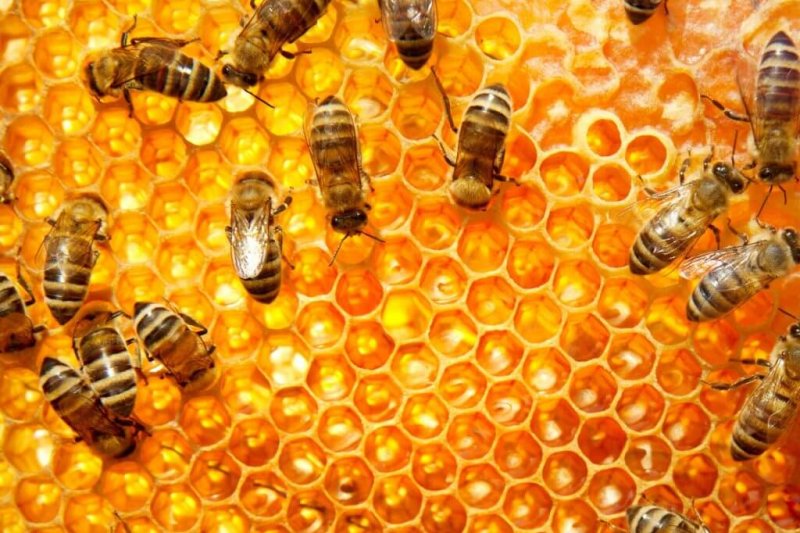A new study has found traces of neonicotinoid chemicals in 75% of honey samples from across the world.
The scientists say that the levels of the widely used pesticide are far below the maximum permitted levels in food for humans.
In one third of the honey, the amount of the chemical found was enough to be detrimental to bees.
Industry sources, though, dismissed the research saying the study was too small to draw concrete conclusions.
Neonicotinoids are considered to be the world’s most widely used class of insecticides.
These systemic chemicals can be added as a seed coating to many crops, reducing the need for spraying. They have generally been seen as being more beneficial for the environment than the older products that they’ve replaced.
However the impact of neonics on pollinators such as bees has long been a troubling subject for scientists around the world. Successive studies have shown a connection between the use of the products and a decline in both the numbers and health of bees.
[Editor’s note: Read the full study (behind paywall)]
The GLP aggregated and excerpted this article to reflect the diversity of news, opinion and analysis. Read full, original post: Pesticides linked to bee deaths found in most honey samples































